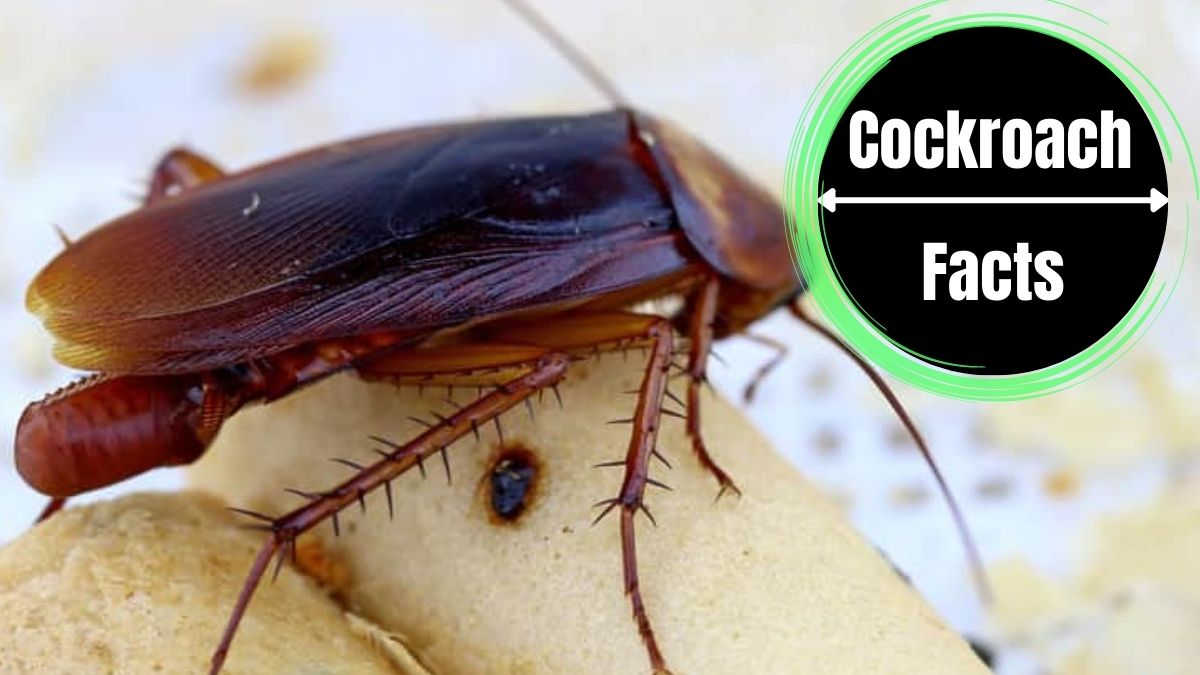Cockroaches, those resilient creatures that can survive in various environments, owe part of their reproductive success to their unique egg-laying habits. Let’s shed light on the fascinating world of how these tenacious insects lay eggs.
Oviparous Reproduction
To begin our exploration, let’s understand that cockroaches are oviparous creatures, meaning they reproduce by laying eggs. This reproductive method is commonly observed among numerous insect and reptile species.
The Ootheca: A Protective Casing
When it comes to cockroach egg-laying, the female cockroach produces a special structure known as an ootheca. This egg case serves as a protective casing, providing a safe environment for the eggs to develop and ensuring their survival.
Ootheca Development: From Soft to Resilient
Initially, the ootheca is soft and pliable. However, as time passes, it gradually hardens, becoming resistant to environmental factors. This hardening process strengthens the protective properties of the ootheca and enhances the chances of successful egg development.
Carrying the Ootheca: A Mobile Incubator
The female cockroach carries the ootheca until the eggs inside are ready to hatch. This mobile incubation process allows for optimal conditions, ensuring the well-being of the developing embryos.
Egg-Laying Process: Choosing the Right Spot
Cockroaches exhibit preferences when it comes to selecting egg-laying sites. These sites often include dark crevices, moist areas, or hidden spots near food sources. By carefully choosing the location, cockroaches increase the chances of their offspring’s survival.
Ootheca Size and Egg Count: Varying Reproductive Capacities
The number of eggs within an ootheca can vary significantly among different cockroach species. While some oothecae contain only a few eggs, others can house dozens or even hundreds. This remarkable reproductive capacity contributes to the rapid population growth of cockroaches if left uncontrolled.
Hatching and Nymph Development: The Journey Begins
After the ootheca is deposited in a suitable location, the eggs inside gradually develop. Over time, they hatch into nymphs, which are smaller versions of adult cockroaches. These nymphs go through a series of molts, shedding their exoskeletons, and growing in size.
Nymph Molting and Maturation: Becoming Adulthood
Through successive molting stages, the nymphs mature into adult cockroaches. This molting process allows for growth and development until they reach their full adult size. With each molt, the nymphs shed their old exoskeleton, revealing a new and larger one.
Conclusion
Understanding the egg-laying habits and life cycle of cockroaches is crucial for effective pest management and control. Cockroaches’ ability to lay eggs in protective oothecae and produce resilient offspring contributes to their survival and resilience in various environments. By studying and comprehending their reproductive behavior, we can implement more effective measures to manage and control these tenacious insects. The intricate world of cockroach reproduction continues to fascinate researchers as they seek innovative ways to deal with these resilient pests.

